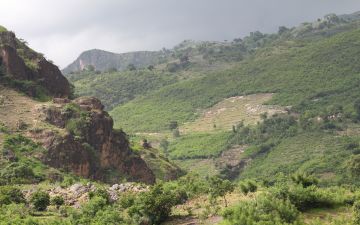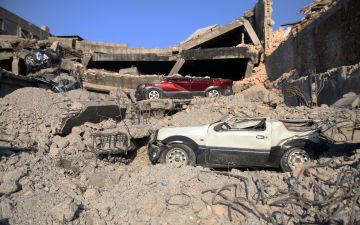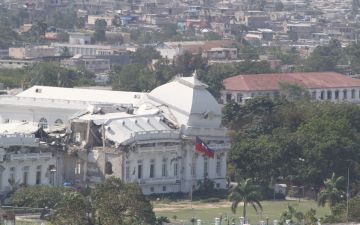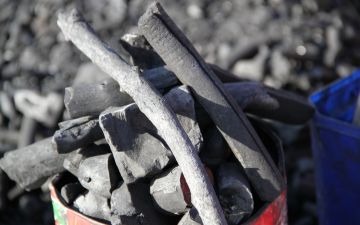For decades, Haiti's downward spiral of economic, political, and environmental decline seemed almost irreversible. In the countryside, the denuded slopes continued to crumble, washing down into the villages with each hurricane; tens of thousands of Haitians fled their small subsistence plots each year to join the swelling ranks of the three-dollar-a-day-laborers working in industries clustered in the capital. They moved into bidonvilles, or shantytowns, that had metastasized in the urban fabric of Port-au-Prince -- dense, lawless slums where sewers overflowed with garbage, and disease and crime were endemic.
Then came the earthquake. Among the dead were dozens of the country's senior officials, police, political elites, and the entire civilian leadership of the UN mission. But precisely because it was the worst urban disaster in modern history, there is unprecedented opportunity to draw on concerted international will and the most modern urban and environmental planning techniques to build the country back better. The solutions to the nation's most immediate needs-- and those with perhaps the greatest long term potential to transform Haiti into a livable, equitable and durable modern nation -- will have to address the infrastructure: first, hurricane shelters and sanitation projects; then roads, schools, hospitals, power grids and ports, decentralized industries around the country, robust forests.
By focusing on a handful of neighborhoods and development projects, this project will illuminate the current needs and range of circumstances confronting the Haitian people, and gauge the political will and ability of the international community to put Haiti back together... better.



